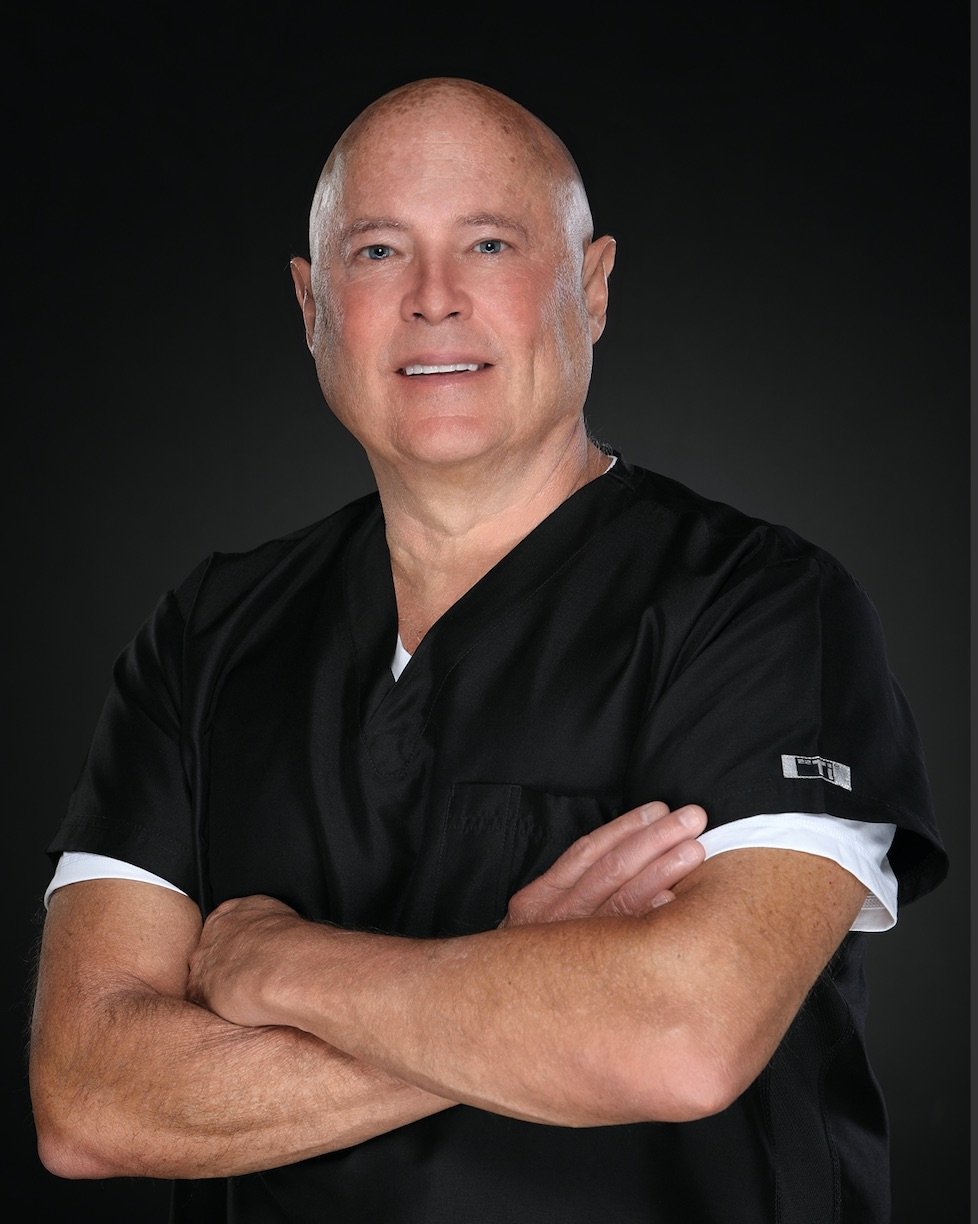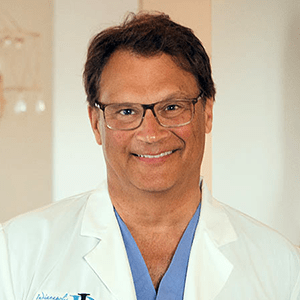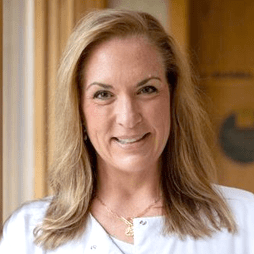Share this
Hidden Profit Drains in Your Dental Practice: A Coach's Perspective
by Smile Source on Aug 19, 2025 9:30:41 AM
Insights from Robyn Theisen, Lead Practice Coach at ACT Dental
I’ve had countless conversations with dentists in private practice who share a common frustration: "I'm working harder than ever, my hygiene schedule is overflowing, but I still have no money in my bank account!" This isn't unique; it's a consistent theme I see across practices of all sizes and levels of success. The truth is, running a dental practice is tough, and it's easy to overlook where your hard-earned profits are going.
It's not just about the money, though, of course, that's important. It's also about control and freedom. Imagine being able to make informed decisions about your team, your investments, and how you want to practice as an independent dentist. That's the power of truly understanding your financial landscape. This understanding can significantly reduce the anxiety that comes with not knowing your cash flow.
At ACT Dental, Dr. Barrett Straub developed a system called "The Gaps." This system provides an incredibly transparent way to view your practice's financial health, tracking everything from gross production down to what's truly left after loan and tax payments. Unlike a simple profit and loss (P&L) statement, which only tells part of the story, the gaps reveal the complete picture of your dental practice's profitability.
Let's break down the four critical profit drains that many practice owners are overlooking.
Gap 1: The Effort Gap
Are You Working Harder, Not Smarter?
The effort gap represents the difference between your gross production and your net production. In essence, it's about the efficiency of your efforts. How much energy are you expending for the actual results you're seeing?
Among our clients, the most profitable dentists typically have write-offs around 10%
A major contributor to the widening effort gap is the number of days worked, and more significantly, excessive write-offs. I consistently see dentists working 230, 240, even 250 days a year, yet their bank accounts don't reflect that effort. And the write-offs? They're often staggering. It's common for us to see write-offs of 40-50%. What does this mean? You're giving away a massive portion of your hard work. While some adjustments are normal (for example, senior discounts), our most profitable dentist clients typically have write-offs around 10%. The goal isn't necessarily to become a completely fee-for-service practice, but to gain control over who receives discounts and why.
Your goal isn't necessarily to become a completely fee-for-service practice, but to gain control over which patients receive discounts and why.
Action Steps to Close the Effort Gap:
- Know your numbers: Understand your current write-off percentage. You might be surprised.
- Always bill your full fee: Even for PPO or cash-paying patients, consistently show your full fee. This prepares your patients for any future changes in your network participation and ensures transparency.
- Utilize resources: Explore tools like ACT Dental's PPO Roadmap to gain awareness and actionable strategies for adjusting your patient segments and reducing unnecessary write-offs.
Gap 2: The Collections Gap
Are You Collecting What You've Earned?
Once you've produced the dentistry, the next crucial step is collecting on it. The collections gap is the difference between your net production (what's collectible) and your net collections (what you bring in). Many dentists believe they collect "everything," but even a 95% collection rate can mean thousands of dollars left on the table annually. Our goal for every team is 100% collections.
Even a 95% collection rate can result in thousands of dollars left uncollected annually.
A healthy collections rate isn't just about money; it impacts patient relationships and appointment follow-through. When financial arrangements are clear and upfront, it reduces animosity and no-shows. Think of it like a cruise ship: you pay upfront, and that commitment helps ensure you show up.
Think of an upfront payment like a cruise ship. The commitment ensures the patient shows up.
Action Steps to Close the Collections Gap:
- Focus on financial arrangements: I often tell my teams, "You don't have a collections problem; you have a financial arrangements problem." Implement clear, firm, and kind financial arrangements from the very beginning of treatment.
- Team effort: Collections are a team sport. While the front desk often manages this, every team member plays a role in fostering clear communication and patient understanding regarding finances.
Gap 3: The Overhead Gap
Where Are Your Expenses Going?
The overhead gap is the difference between what you should be spending and what you are spending in your practice. Comparing your overhead percentage to that of other practices can be misleading if you don't account for other factors, such as your collection rate or practice style.
One of the biggest culprits I see in the overhead gap is team compensation. While a healthy percentage might be around 25-30% of collections, I frequently see practices where team compensation creeps into the mid-30s or even higher. This isn't usually because you're overpaying your team; it's often because you're not producing or collecting enough to support a healthy payroll for the size of your team. This creates an unhappy environment where both the owner and the team feel overworked and undercompensated.
When team compensation exceeds 30%, it's usually not because you're overpaying your team; instead, it's often because you're not producing or collecting enough to support a healthy payroll for the size of your team.
Beyond payroll, I frequently see high dental supply and lab bills. This is often due to a lack of tracking or budgeting. While it might not be the easiest fix, it's one of the more straightforward areas to impact with a proper budget and consistent monitoring. What you measure gets impacted!
Action Steps to Close the Overhead Gap:
- Track your overhead monthly: Be aware of every expense and its proportion to your collections.
- Implement a budget for supplies and lab bills: This helps prevent uncontrolled spending and encourages intentional purchasing.
Gap 4: The Cashflow Gap
The Hidden Profits Beyond the P&L
The cashflow gap is the difference between your gross profit and what actually hits your bank account. This gap accounts for items often excluded from a profit and loss (P&L) statement, such as loan principal payments and tax payments. And if you’re investing heavily in technology that doesn’t immediately show up as a deductible expense, it hits your cash flow hard.
It’s easy to consume any cash you leave in your bank account if it's not earmarked for something specific. Knowing what your tax amounts will be and budgeting for them is critical. Similarly, understanding your full loan payments, including both interest and principal, is essential for a true picture of your cash flow.
In an ideal world, you should have at least one month’s operating expenses in reserve. This provides immense freedom to make choices that align with your practice goals.
Action Steps to Close the Cashflow Gap:
- Look beyond the P&L: Understand all your financial obligations, including loan principal and tax payments.
- Budget for taxes: Proactively set aside funds for your quarterly and annual tax obligations.
- Build cash reserves: Aim for at least one month of operating expenses in reserve to provide financial stability and flexibility.
For a Deeper Discussion of Dental Practice Profit Drains, View Best Practices Podcast Episode 896
This can feel like a lot to unpack, but remember, it starts with gathering the correct information. Each of these "gaps" offers an opportunity for small tweaks that can lead to significant changes in your practice's profitability. In Episode 896, Kirk Behrendt and I discuss where your profits are going and how to take control to end the financial struggle and thrive.
A Note from Dr. Barrett Straub, CEO of Smile Source:
The partnership between Smile Source and ACT Dental promises to exponentially increase the expert advice from the leadership and coaching teams of both organizations. As a Smile Source member, you have complimentary access to ACT Dental's Best Practices Association (BPA) app. This robust resource offers hundreds of hours of AGD-approved PACE continuing education, covering both clinical and practice management content for your entire team, including CE-accredited webinars, Master Classes, and study clubs.
Both Smile Source and ACT Dental are dedicated to educating and empowering private practice dentists to flourish today and long into the future.
Here are a few words from Smile Source members that reflect the impact we are making as a community.
“What I love most about Smile Source is its quality from the people to the products, to the programs. The quality just oozes out, and that allows me to take excellence back to my team and my patients. For example, the educational programs have aligned my office and care teams with my priorities and to speak the same way.”

Dr. Fredrick Slete
“Networking with like-minded colleagues is huge. Look to Smile Source to help control your overhead and for opportunities to network and further your education. Broaden your income base by learning new things that you aren't providing to your patients now.”

Dr. Ted Reese
“For someone newly in practice, Smile Source is a game changer. They’ll quickly learn what took me 15 years to learn on my own.”

Dr. Jennifer Shau
/SS_full_rev.png?width=1280&height=282&name=SS_full_rev.png)
